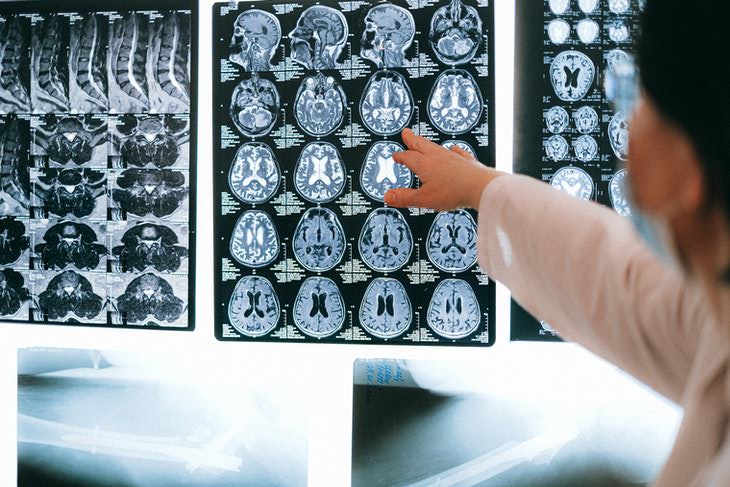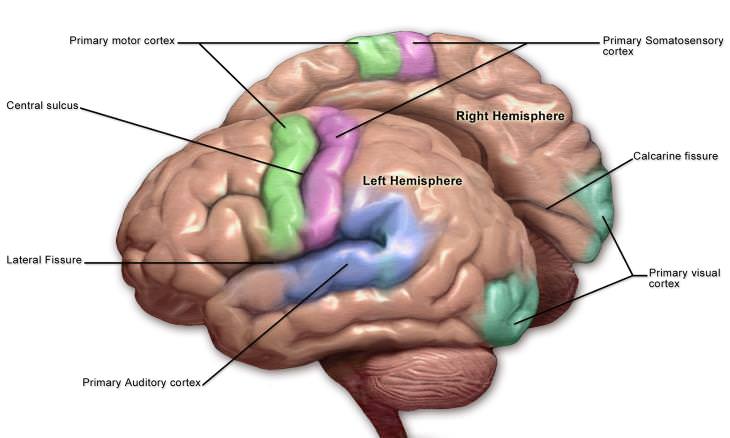Paralyzed Patient Communicates Through Mind-Reading Tech
Imagine being able and eager to communicate
but not capable of moving your lips to utter even one word? That’s the
scary reality for patients suffering from anarthria. This condition is
the most severe form of dysarthria, a motor speech disorder that occurs
when a person cannot control the muscles used for speaking. Now imagine
partially regaining the ability to communicate after years of silence,
even if only through a screen.
In a recent experiment published in The New
England Journal of Medicine, a group of neuroscientists from the
University of California, San Francisco (UCSF), trained a computer to
pick up on the brainwaves of a paralyzed patient suffering from
anarthria and turn those brainwaves into actual words, all in real-time.

At first, this “mind-reading” tech may
sound like the plot of some science-fiction novel to you, but we can
assure you that it’s not. “This outcome really is a milestone toward
restoring speech for people who are unable to communicate due to
paralysis,” said David Moses, the lead author of the study.
A paralyzed patient was taught t
o communicate through thoughts
The experiment was conducted on a 36-year-old man who was paralyzed
after a stroke damaged his brainstem at age 20. The participant is
cognitively healthy and able to make out grunts, but the paralysis
prevents him from articulating words, meaning that he is suffering from
complete anarthria.
In his day-to-day life, the participant communicated by slightly moving
his head and typing on a special device, but this device doesn’t allow
him to communicate very fast - his typing speed is about 5 words per
minute. With the new technology introduced to the participant, he was
able to produce 15 words per minute (with an error rate of just 26%).
Exactly how does this new technology work?
The technological solution works by connecting the brain of the
participant to a computer that interprets electric brain activity -
brainwaves - into words. This was done by implanting a credit card-sized
electrode (a medium that conducts electricity) on a specific area of
the brain called the sensorymotor cortex.


The sensorymotor cortex (highlighted in
purple and green in the table above) is the part of the brain
responsible for one’s ability to articulate words by moving the lips,
tongue, and throat. Over the course of 48 training sessions, the
participant was taught to think about saying 50 specific words presented
to him on a screen. The computer picks up the brainwaves from the
sensorymotor cortex and uses something the authors call “deep-learning
algorithms” to recognize words.
To speed up the process of communication further, the computer also has a
“natural-language model,” which deduces the next word based on
previously-uttered words. All of this happens in real-time, which allows
the participant to make immediate requests like “I need my glasses” and
“I am thirsty.”
“While the intervention is quite invasive, requiring brain surgery to
implant a recording strip on the surface of the brain, and the
‘thought-to-spoken’ conversion accuracy was modest, the paradigm is
groundbreaking,” said Dr. Lee H. Schwamm of the American Stroke
Association.
To give you more perspective on the significance of this technology, we
must add that this is the first device of its kind to be used in a
patient who is not able to speak. Previous devices were only tested in
patients who could speak. It is also the first technology able to
produce immediate results, which makes it more practical. The next step
in this research could be investigating the technology’s potential in
patients with aphasia, a more common language deficit that occurs after a
head injury or stroke.